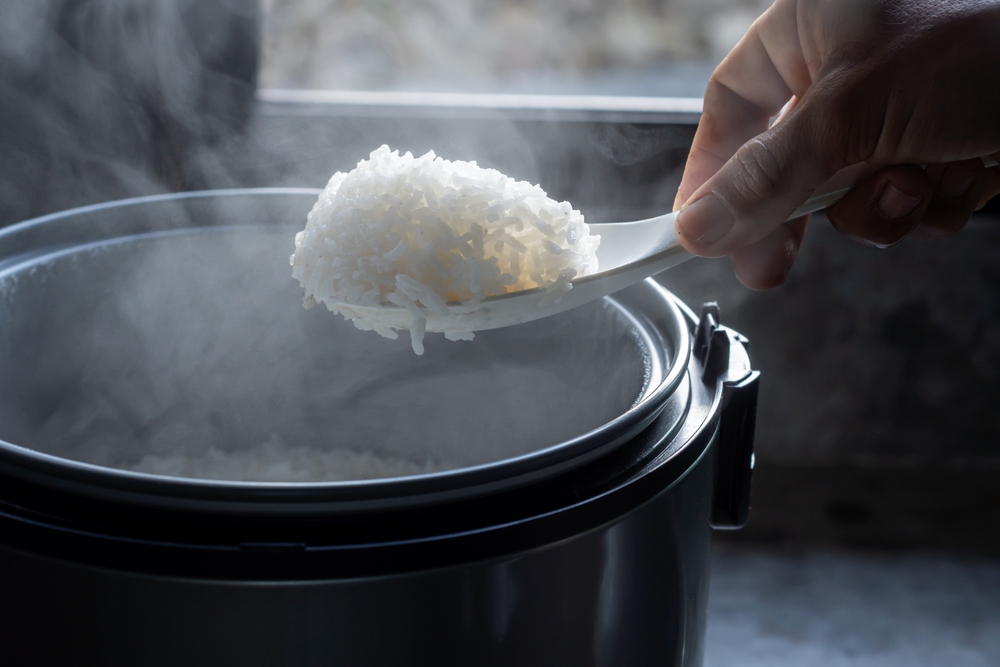New Rice Variety Cuts Methane Emissions by 70%
Others are reading now
Agriculture is responsible for 35% of all human-made greenhouse gas emissions worldwide.
This makes it one of the biggest contributors to climate change. Rice farming, in particular, plays a significant role.
It accounts for around 12% of global methane emissions. Methane is a powerful greenhouse gas, much more potent than CO2 in trapping heat.
Now, Swedish researchers have developed a new type of rice that produces up to 70% less methane during cultivation, according to Videnskab.
Also read
The goal was to reduce methane emissions from rice paddies, which are a major source of this gas.
“Methane is an extremely potent climate gas,” says Henrik Brinch-Pedersen, a professor at Aarhus University. He reviewed the Swedish study and describes it as “elegant.”
Plant breeding is the key to this breakthrough. By carefully selecting and crossbreeding different rice varieties, scientists have developed a strain that emits significantly less methane.
“The study shows that you can reduce methane emissions and still have high-yield rice,” says Anna Schnürer, a microbiologist at the Swedish University of Agricultural Sciences and senior author of the study.
The process is based on understanding how rice plant roots interact with soil microbes. These microbes help plants grow by releasing nutrients but also produce methane as a byproduct.
Until now, it was unclear which specific compounds controlled methane production. Swedish researchers have identified three key chemicals involved: fumarate, oxantel, and ethanol.
They discovered that fumarate influences the number of methane-producing microbes in the soil. Lower fumarate levels mean less methane.
They also found that oxantel can reduce methane emissions, while adding ethanol to the soil further decreases methane release.
Armed with this knowledge, researchers crossed a high-yield rice variety with a naturally low-methane-emitting strain.
The result was a rice variety that produced 70% less methane while maintaining good crop yields.
The new rice was tested in fields across China, not just in laboratories. This makes the findings even more promising.
“It’s exactly what we need,” says Brinch-Pedersen. He highlights that this study proves crops can be powerful climate tools.
He is also impressed that scientists managed to manipulate the soil’s microbiome to suppress methane emissions without harming yields.
The next step is getting this rice into the hands of farmers. Swedish researchers are working to register the variety in China, hoping it will be adopted by local farmers.
They are also collaborating with fertilizer companies to see if oxantel could be added to fertilizers to help further reduce emissions.
Brinch-Pedersen believes this technique could be applied to other crops. Research is already underway to see if similar methods could reduce emissions from other staple foods.
However, for this new rice to make a real impact, government support is essential. Farmers need incentives and assistance to switch to these lower-emission rice varieties.
“Breeding climate-friendly rice is one thing, but getting it to market and convincing farmers to grow it is another,” says Schnürer.
The study has been published in the journal Molecular Plant.








